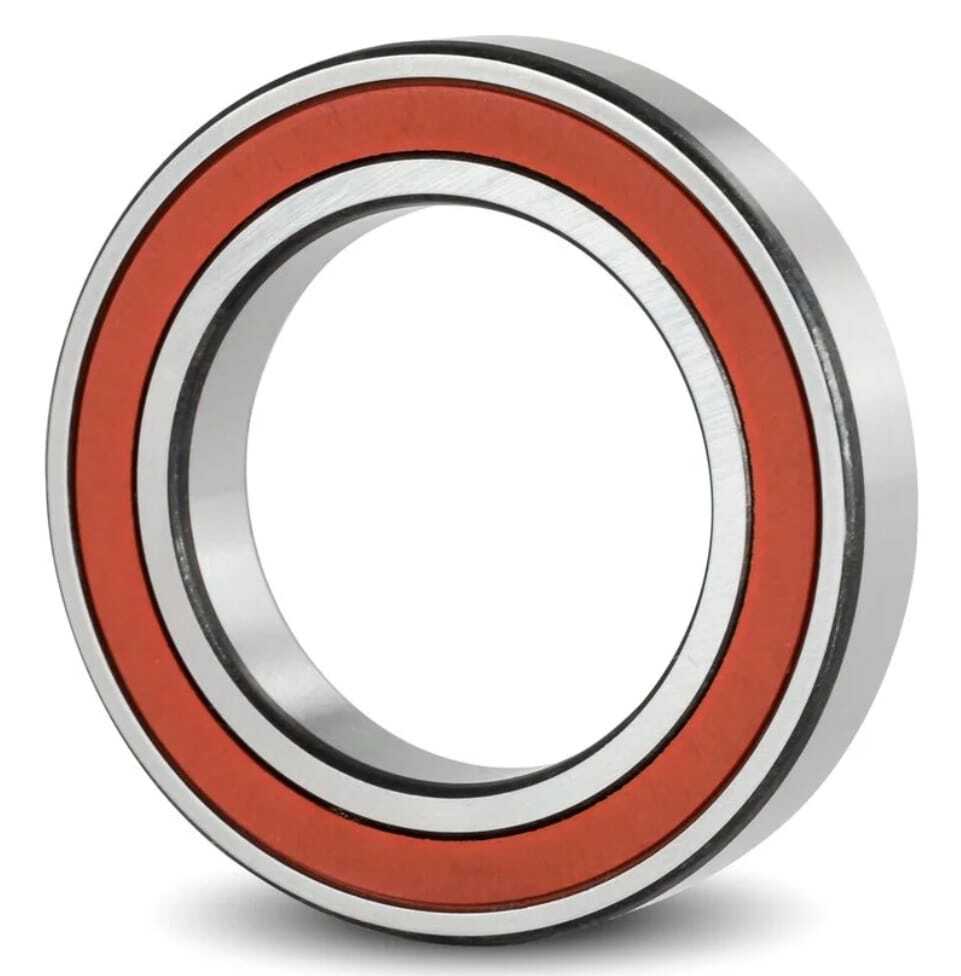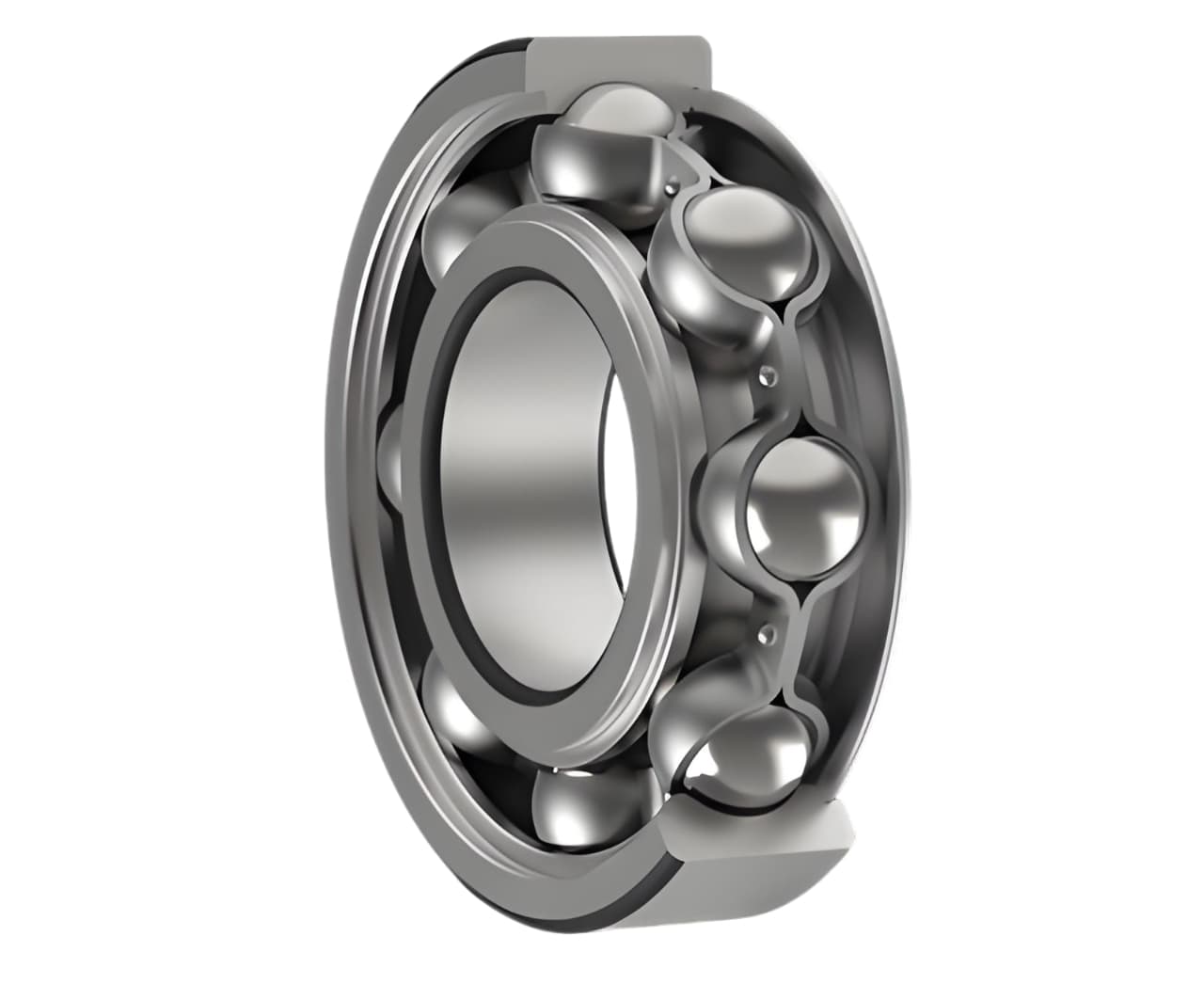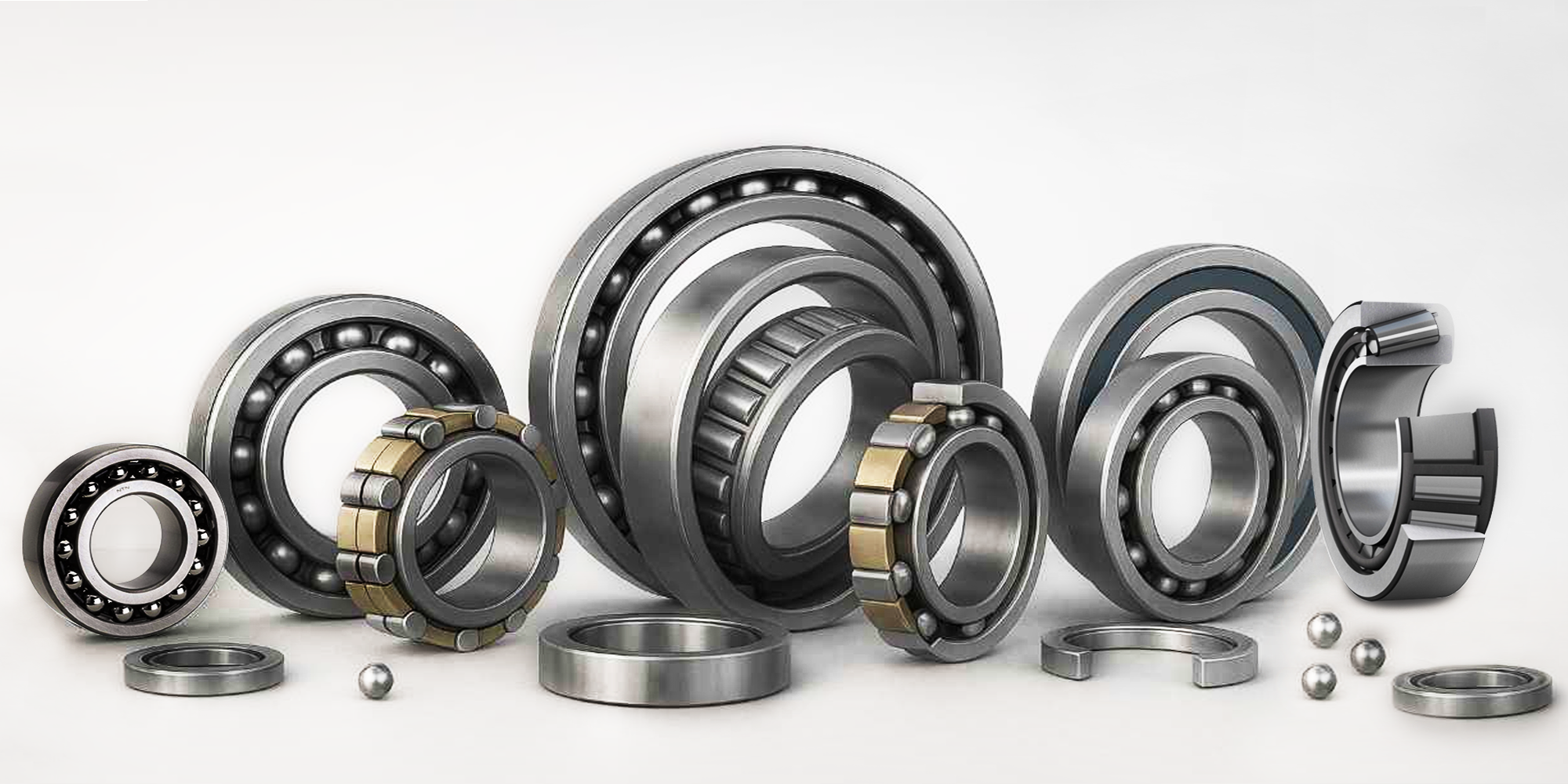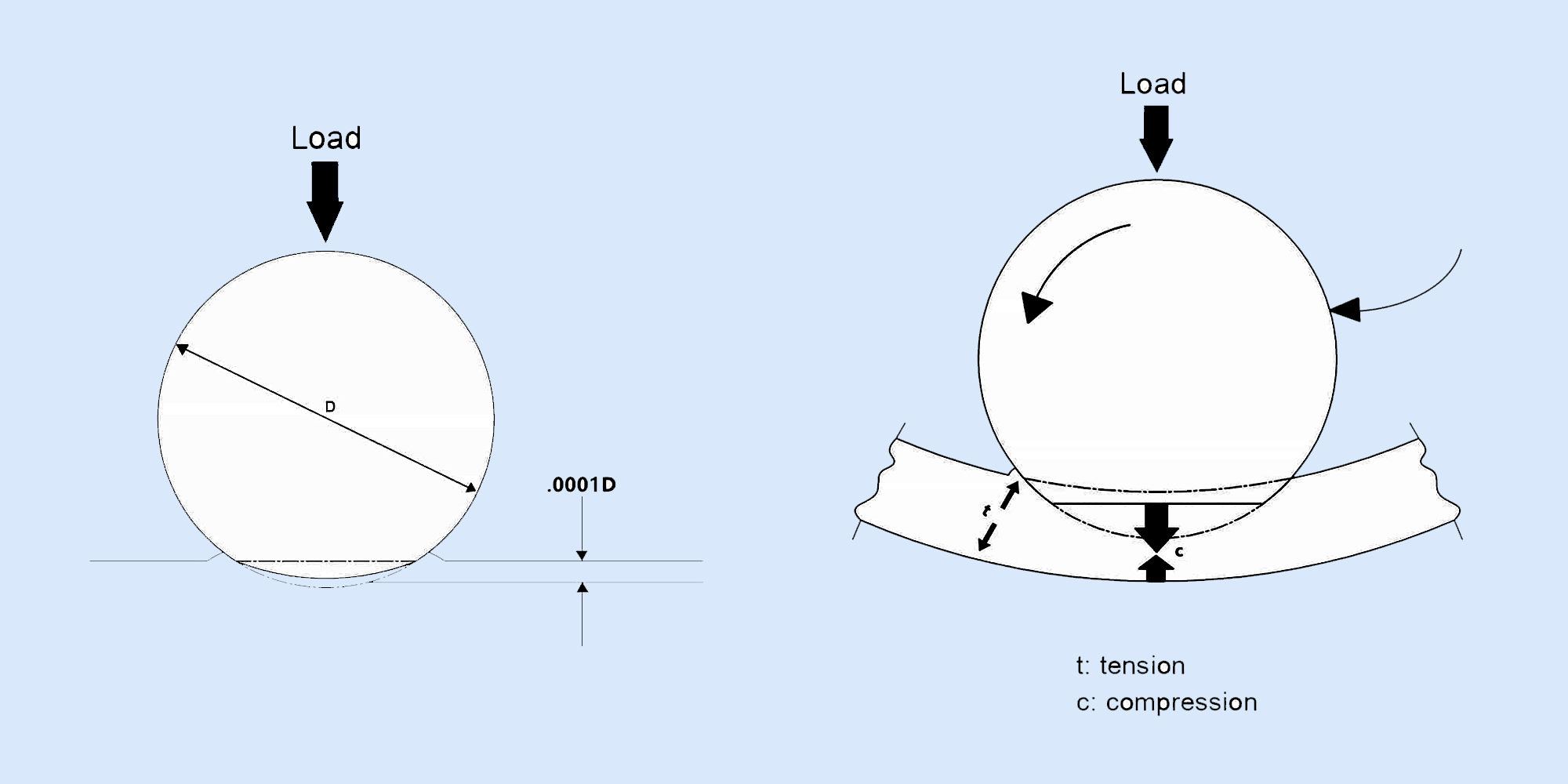What is a Cam Follower Used For?
In the vast expanse of mechanical engineering, few mechanisms are as indispensable as the cam and its accompanying cam follower. They not only...

Linear bearings are essential components in many machines and mechanical systems. They play a critical role in achieving smooth and precise linear motion. These bearings are designed to convert rotary motion into linear movement, improving efficiency and accuracy in various applications. In this guide, we’ll explain what a linear bearing is, how it works, and its key types and uses.
A linear bearing allows free motion in one direction, unlike traditional roller bearings that support rotary movement. Linear bearings move along a guide rail or shaft, ensuring smooth movement in a straight line. By reducing friction, they enable precise and reliable motion, making them ideal for high-precision equipment. Depending on the type, linear bearings can handle both heavy loads and high speeds.
In a linear bearing system, multiple components come together to achieve smooth, precise motion. The exact parts may differ based on the bearing type and its application, but some common components include:
These components work together to create a smooth, efficient, and precise linear motion system tailored to various industrial needs.
Linear bearings come in various types, each suited for specific applications based on load requirements, speed, and precision.
Linear ball bearings use small steel balls as rolling elements. They are popular because of their low friction, smooth motion, and high accuracy. These bearings are available in different designs, such as deep groove and angular contact ball bearings.
Roller linear bearings offer greater load capacity, durability, and resistance to shocks and impacts compared to ball bearings. However, they generate more friction because of the larger contact area and are more prone to alignment problems.
According to the shape, these bearings can be classified into:
These bearings use cylindrical or needle rollers positioned horizontally in a cage. The roller axes are at right angles to the direction of linear motion.
V-type bearings feature a 90° V-shaped track that guides the carriage with precision and stability. Each side of the V accommodates a row of cylindrical or needle rollers.
Crossed roller bearings have cylindrical rollers arranged at 90° angles to each other in a crisscross pattern. This design offers higher load capacity, better resistance to vibration and shock, and longer service life.
Linear needle bearings are specialized linear roller bearings. They use long, slender cylindrical rollers, known as needles, to support precise linear motion. They offer high load capacity and rigidity while minimizing friction. This makes them ideal for applications requiring smooth movement under heavy loads in limited space.
Plain linear bearings, also known as linear bushings, use sliding surfaces to facilitate motion. These bearings do not have rolling elements. Instead, they rely on materials such as plastic or composite liners to reduce friction. They are best suited for applications where heavy loads are present, but precision and speed are secondary concerns.
Some common types include:
Non-contact linear bearings operate without direct contact, reducing friction and extending life.
Linear slide systems consist of rails and carriages that work together to provide smooth, guided linear motion. Commonly used in automation and machine tools, these systems ensure precise movement and reliability in various industrial applications.
The core function of a linear bearing is to reduce friction while allowing linear movement along a defined axis. Here’s a quick look at how various types of linear bearings function:
Linear ball bearings use small steel balls to reduce friction between the bearing and guide rail. The balls roll along a smooth path, enabling precise, low-friction linear motion. These bearings are commonly used in high-precision applications.
Linear roller bearings and needle bearings use cylindrical or needle-shaped rollers to handle heavier loads. The rollers spread the load over a larger surface area. This ensures smooth linear movement while increasing load capacity and stiffness.
Plain linear bearings, also known as sliding bearings, operate through direct contact between two surfaces. Without rolling elements, they reduce friction using materials like plastic or composite liners. These bearings are ideal for low-speed, high-load applications.
Linear slide systems incorporate rails and carriages, with ball bearings or rollers to guide the motion. These systems offer high precision and smooth movement, often used in automation and machinery requiring repeatable, accurate linear motion.
Non-contact linear bearings rely on air pressure or magnetic fields to create a gap between the moving parts and the guide rails. This design eliminates mechanical friction, making them ideal for applications demanding minimal friction and high-speed precision.
Recirculating Linear Ball Bearings are such as:
The material you choose for a linear bearing greatly affects how well it works and how long it lasts.
Stainless steel is the most commonly used material in linear bearings. It offers excellent strength, load capacity, and corrosion resistance. Stainless steel linear bearings perform well in harsh environments where durability is a primary concern.
Anodized aluminum bearings are lightweight and corrosion-resistant. They are ideal for applications where weight is critical, such as in automation and robotics.
Bronze bearings can carry more weight than plastic ones, making them better for heavy-duty tasks. Composite bearings, made from metal and plastic, offer a good mix of strength, durability, and smooth movement.
Linear bearings are essential in many industries because they are flexible and can support high-precision motion.
In CNC machines, linear motion bearings are critical for achieving precise, automated cutting and shaping of materials. These machines depend on recirculating ball bearings. They help ensure smooth and accurate movements along the X, Y, and Z axes.
For 3D printing, linear ball bearings enable the smooth movement of print heads and platforms. High precision is essential in these systems, making linear motion bearings a key component for successful print outcomes.
In medical devices and laboratory equipment, linear bearings facilitate the movement of instruments with the highest precision, often under sterile conditions. Non-recirculating or plain linear bearings are frequently used due to their load capacity and low-maintenance properties.
In automation and robotics, linear slides with roller bearings or ball bushings are essential. They help create motion systems that are both efficient and durable.
The use of anodized aluminum or stainless steel housings ensures long-lasting performance in industrial environments.
Linear bearings offer numerous benefits in applications requiring linear motion.
Choosing the right linear bearing depends on several factors:
Linear bearings are essential for systems needing precise linear motion. With various materials and designs, linear bearings handle heavy loads and high-speed tasks. Knowing the types and benefits helps you choose the right linear bearing for optimal performance, durability, and efficiency.

In the vast expanse of mechanical engineering, few mechanisms are as indispensable as the cam and its accompanying cam follower. They not only...

Bearings are essential components in nearly every machine, from aerospace systems to everyday appliances. They help reduce friction, improve...

Bearings play a vital role in machinery by ensuring smooth motion and reducing friction. Understanding load capacities, specifically static load vs...